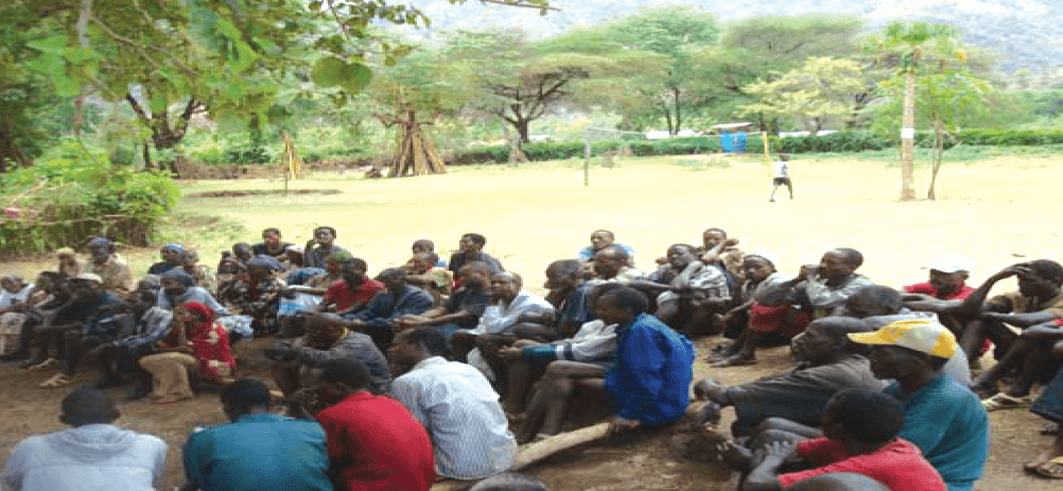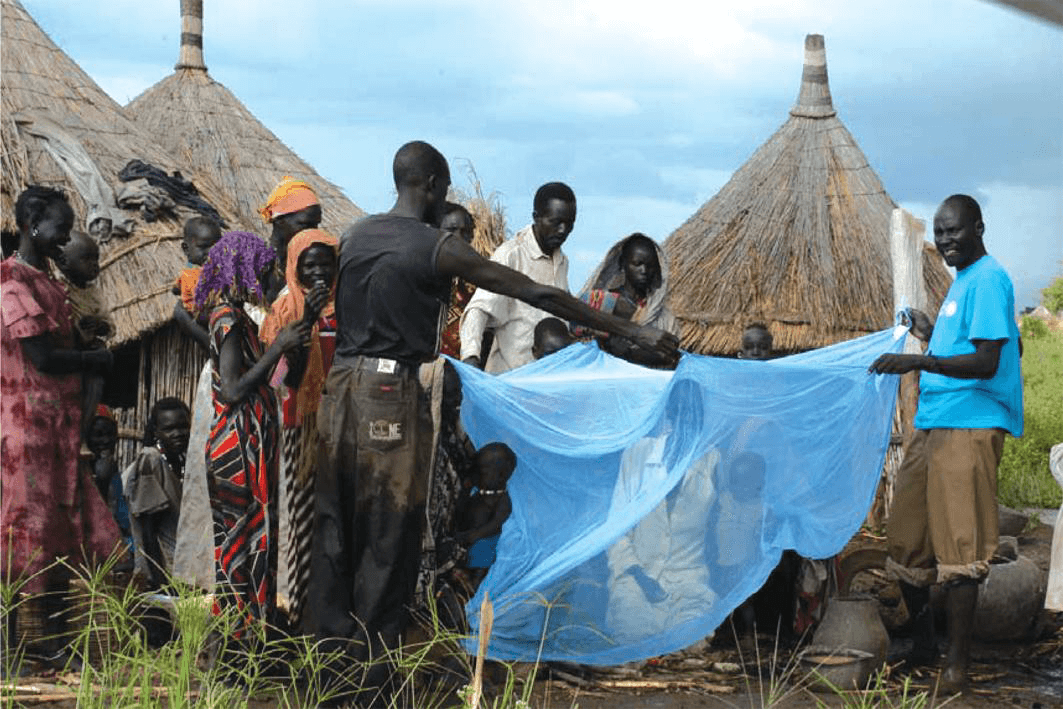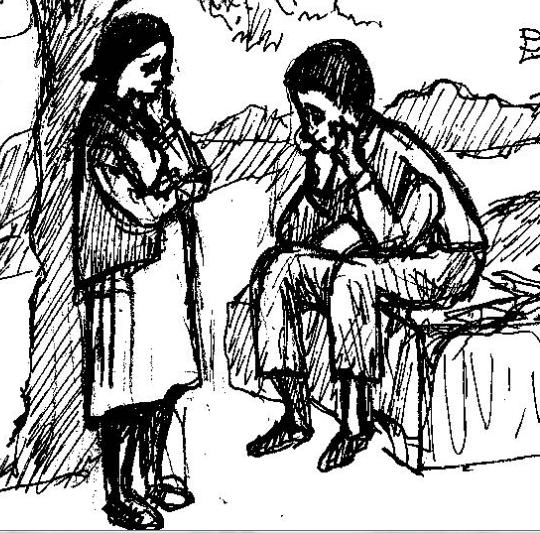Teaching methods in health education
Common Group Health Education Methods
A) Lecture
A lecture is usually a spoken, simple, quick and traditional way of presenting your subject matter, but there are strengths and limitations to this approach. The advantages include the efficient introduction of factual material in a direct and logical manner. However, this method is ineffective where the audience is passive, and learning is difficult to gauge. Experts are not always good teachers and communication in a lecture may be one- way with no feedback from the audience.
B) Lecture With Discussion
This approach is critical because it always involves your audience after the lecture in asking questions, seeking clarification and challenging and reflecting on the subject matter. There always become active participation from the side of the attendants. i.e., participants are not passive as in the case of lecture method.
C) Group Discussions
Discussion in a group allows people to say what is in their minds. They can talk about their problems, share ideas, support and encourage each other to solve problems and change their behaviour (Figure 7.2).

Planning a Discussion:
- Identification of the discussants that do have a common interest E.g. mothers whose child suffers from diarrhoea.
- Getting a group together
- Identification of a comfortable place and time.
Conducting the Discussion:
- An introduction of group members to each other.
- Allow group discussion to begin with general knowledge E.g. any health problems they have ever faced.
- Encourage everyone to participate.
- Have a group act out some activity (drama, role play).
- Limit the duration of discussion to the shortest possible, usually 1 -2 hrs.
- Check for satisfaction before concluding the session. E.g. Do they think that they are learning? Do they think the group should continue?.
D) Buzz Group
It is a type of group discussion In which a large group will be divided into several small groups, of not more than 10 or 12 people (buzz groups). You can then give each small buzz group a certain amount of time to discuss the problem. Then, the whole group comes together again, and the reporters from the small group report their findings and recommendations back to the entire audience. A buzz group is also something you can do after giving a lecture to a large number of people, so you get useful feedback
E) Meetings
Meetings are good for teaching something of importance to a large group of people. They are held to gather information, share ideas, take decisions, and make plans to solve problems. Meetings are different from group discussions. A group discussion is free and informal, while meetings are more organised. Meetings are an important part of successful self-help projects.When you are planning a meeting, it should be need based, determine the time and place announce the meeting through village criers or word of mouth and prepare a relevant and a limited number of agendas.
F) Clubs
There are many kinds of organizations to which women, men and young people belong. Clubs are becoming popular in many areas. They provide an opportunity for a systematic way of teaching over an extended period of time. E.g. a group of citizens could form an association to deal with problems related to a major local disease or to protect the environment. For example anti-HIV/AIDS club
G) Demonstrations
A demonstration is a step-by step procedure that is performed before a group. They involve a mixture of theoretical teaching and of practical work, which makes them lively. It is used to show how to do something. The main purpose of demonstrations is helping people learn new skills. The size of the group should be small to let members get the chance to practice. It is particularly useful when combined with a home visit. This allows people to work with familiar materials available in the locality.
Although demonstration sessions usually focus on practice, they also involve theoretical teaching as well 'showing how is better than telling how' (Figure 7.3). This is because you can remember 20% of what you hear, you remember 50% of what you hear and see, you remember 90% of what you hear, and see and do- with repetition, close to 100% is remembered.

Procedures and Steps of Demonstration:
- Introduction: Explain the ideas and skills that you will demonstrate and the need for it.
- Do the demonstration: Do one step at a time, slowly. Make sure everyone can see what you are doing. Give explanations as you go along.
- Questions: Encourage discussion either during or at the end of the demonstration. Ask them to demonstrate back to you or to explain the steps.
- Summarise: Review.
Qualities of Good and Effective Demonstrations:
- Identify the needs of the group to learn.
- Collect the necessary materials such as models and real objects or posters and photographs.
- Make sure that it fits with the local culture. E.g. for nutrition demonstration you have to use the common food items and local cooking methods.
- Prepare adequate space so that everyone could see and practice the skill.
- Choose the time that is convenient for everyone.
H) Role - Playing
Role-playing consists of the unrehearsed and spontaneous acting out of real-life situations and problems. The player tries to behave in a way that the character might behave when faced with a given situation or problem. Role-playing can be used to start off a discussion, to see what possible consequences of a certain action are, and to develop a better understanding of why people feel as they do.

We learn about our own behaviour during a role-play, we can discover how our attitudes and values encourage cooperation and problem solving or, how our attitude and values create problems. During a role-playing participants are selected randomly or blindly and are given a role or character and have to think and speak immediately without detailed planning, because there is usually no script.
Role play is usually undertaken in small groups of 4 to 6 people. Remember role play is a very powerful thing and works best when people know each other, don't ask people to take a role that might embarrass them. Sometimes role play involves some risk of misunderstanding, because people may interpret things differently.
I) Drama
Dramas need script, rehearsal and preparation which done on one main learning objective but can often include 2 or 3 other less important objectives as well. Alike stories, dramas make us look at our own behavior, attitudes, beliefs and values in the light of what we are told or shown. Plays are interesting because you can both see and hear them. It is a suitable teaching method for people who cannot read, because they often experience things visually. However the preparation and practice for a drama may cost time and money.
Let us look at some of the following traditional means of communications which are used by the community to express their local culture such as their knowledge, feelings, happiness, sadness or any life situations to others.
J) Songs and Dances
In addition to expression of feelings, songs can also be used to give ideas about health with dances or some times without dances. For example, the following issues could be entertained: The village without safe water, the malnourished child who got well with the proper food to eat, the village girl who went to school to become a health extension worker.
K) Stories
Stories often tell about the deeds of famous heroes or of people who lived in the village long ago. Story telling is highly effective, can be developed in any situation or culture, and requires no money or equipment. It should include some strong emotions like sadness, anger; humor, or happiness as well as some tension and surprise. An older person, instead of directly criticizing the behavior of youth, may tell stories to make his/her points. She/he may start by saying, "I remember some years ago there were young people just about your age..." and then continue to describe what these young people did that caused trouble.
l) Proverbs
They are short common-sense sayings that are handed down from generation to generation. For example:
- Amharic proverb "TamoKememakekAskedimoMetenkek" specify "prevention is better than cure".
- "Dirbiyabranbessayasir" Amharic proverb.
- "A single bracelet does not jingle" African proverb.
- "If I hear, I forget, If I see, I remember If I do, I know". A Chinese proverb which states about active learning or learning by doing.
- "One does not go in search of a cure for ringworm while leaving leprosy unattended." This means that trying to solve the most serious problem must come first.